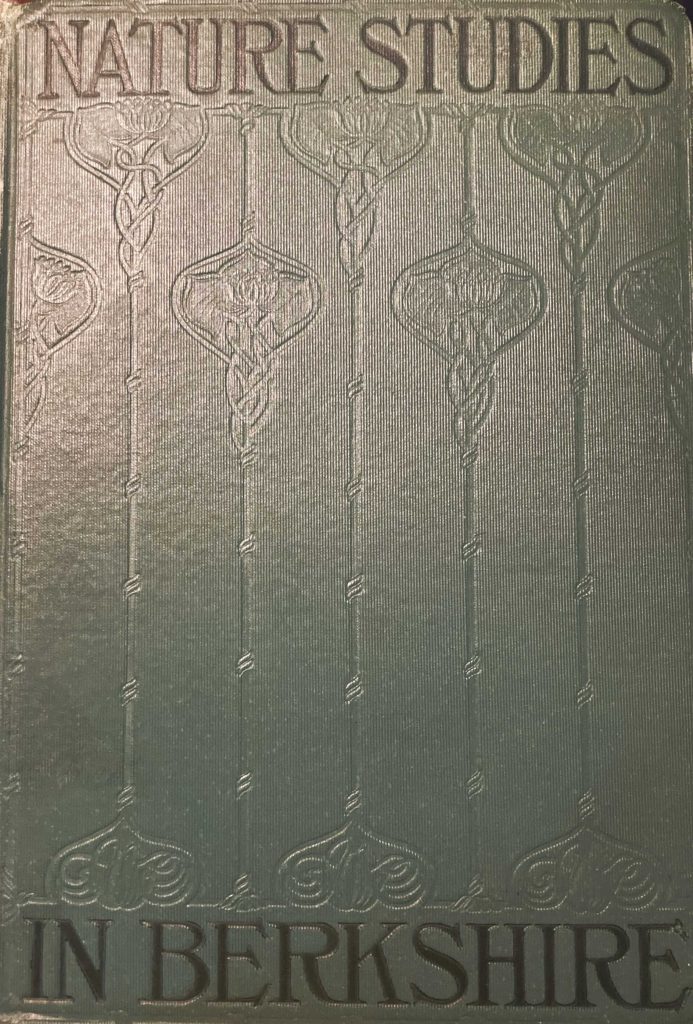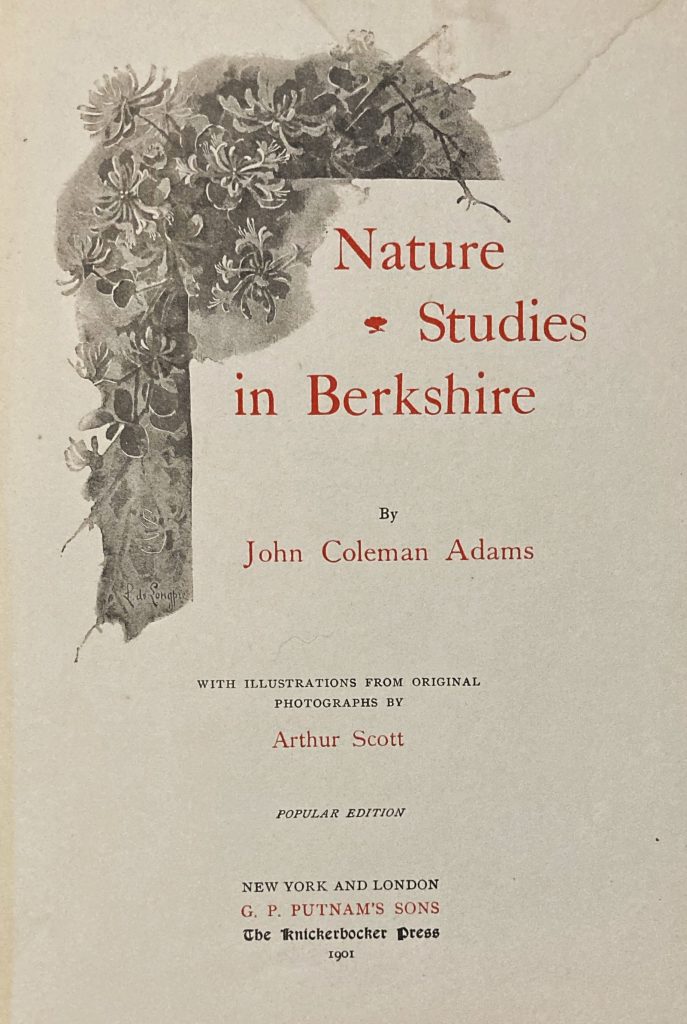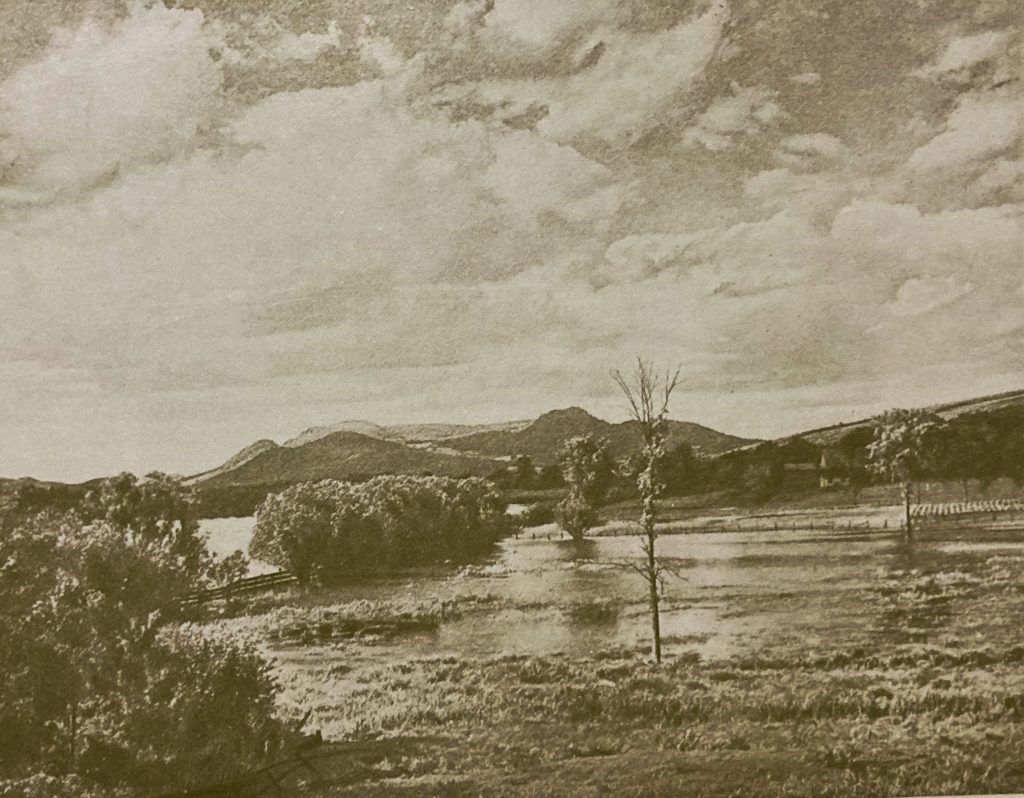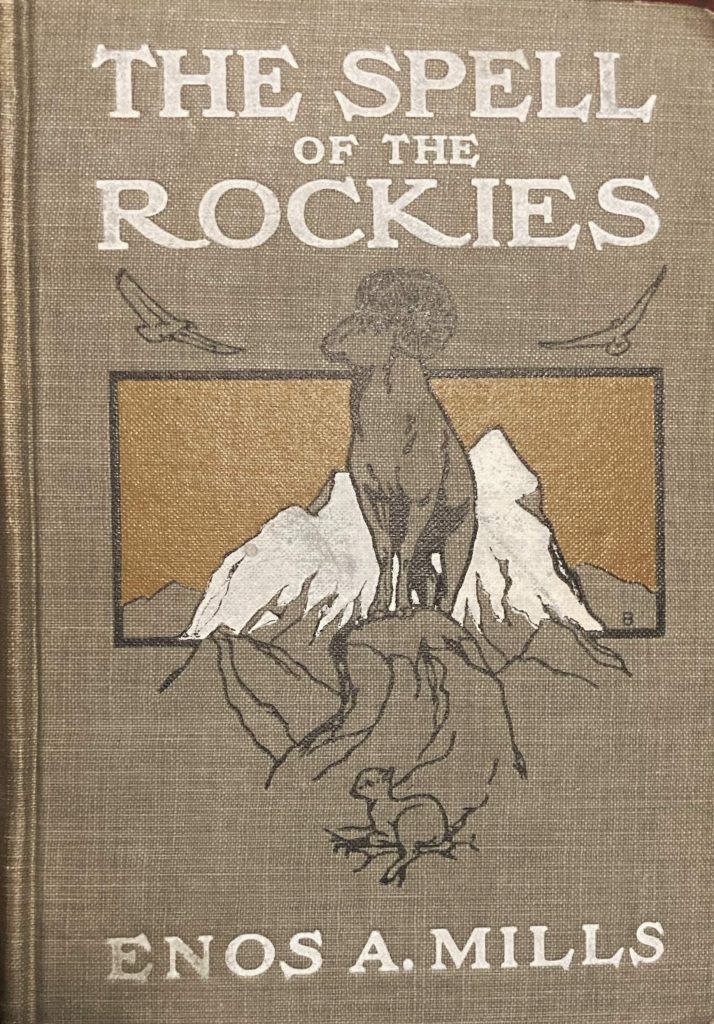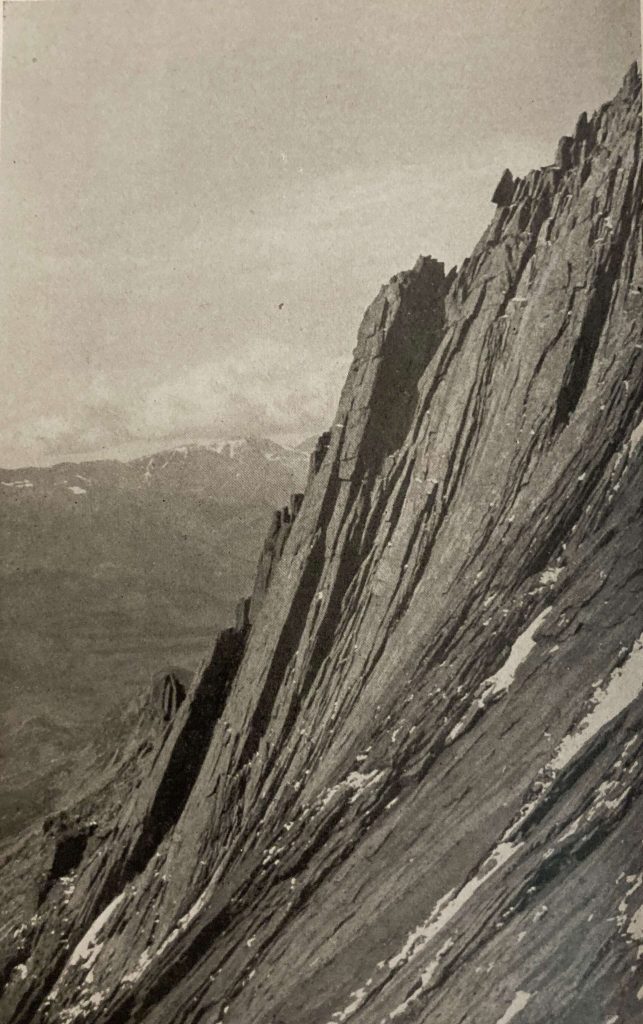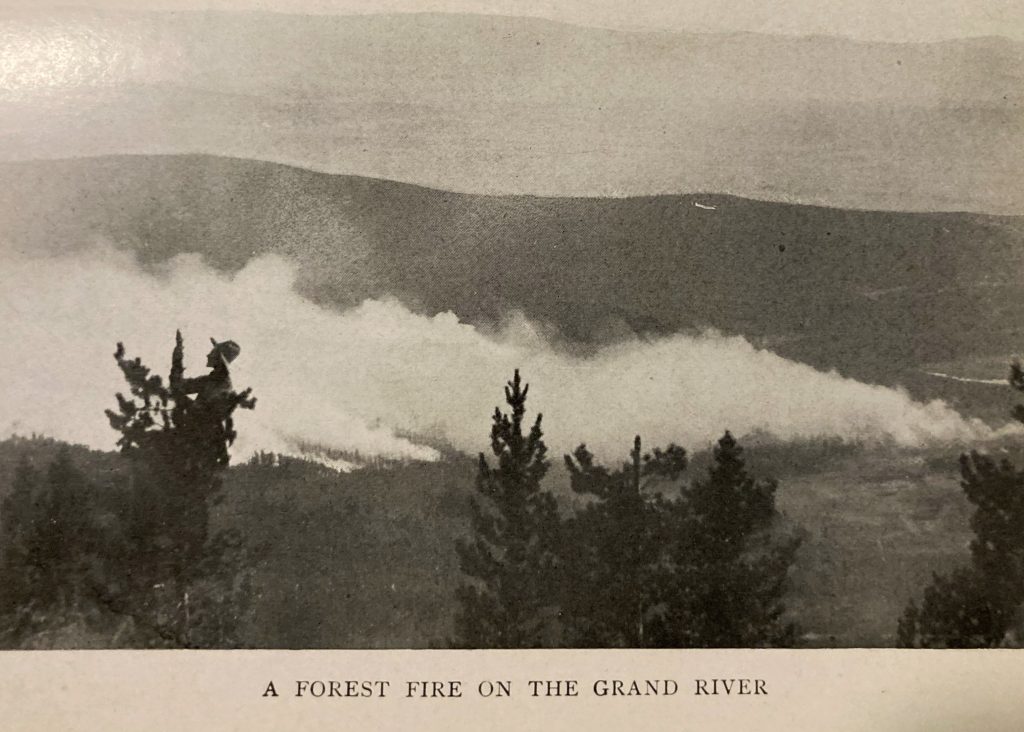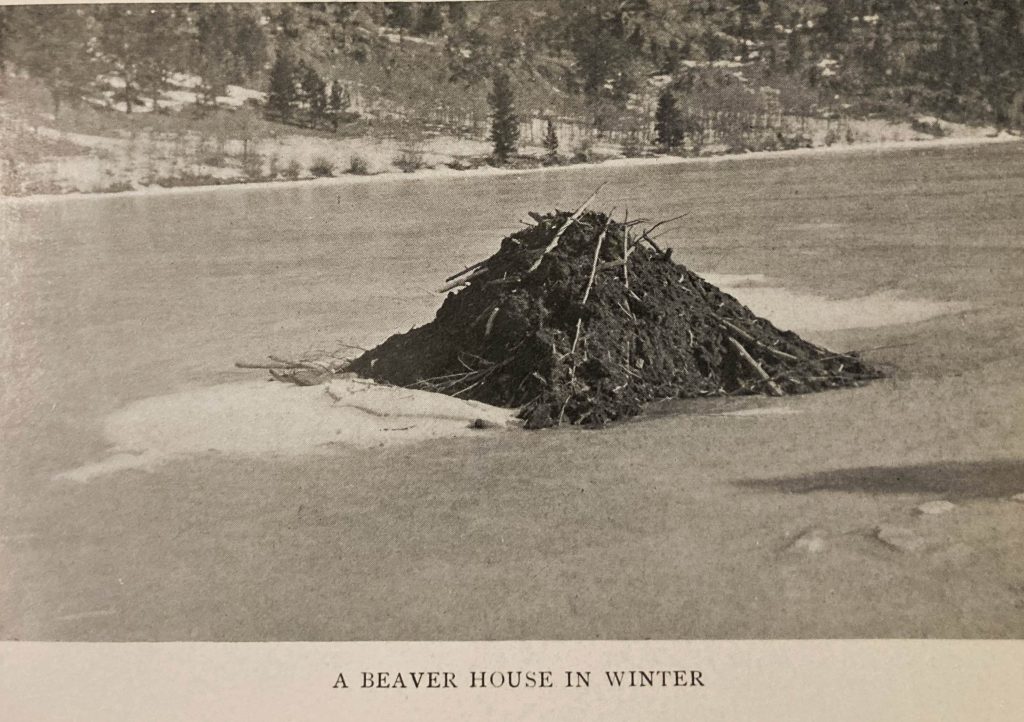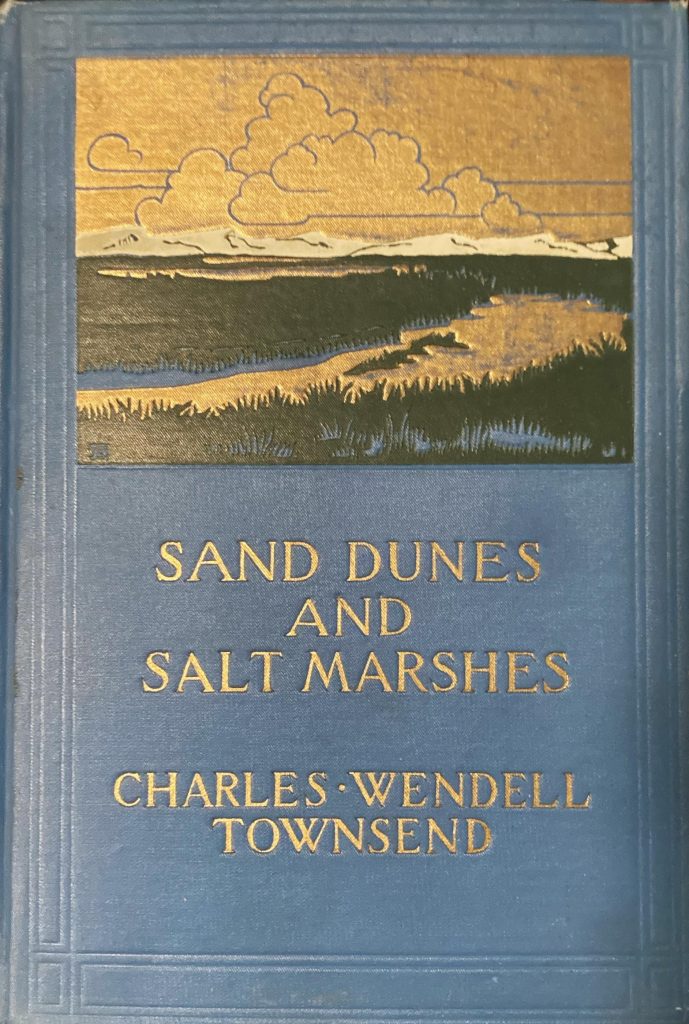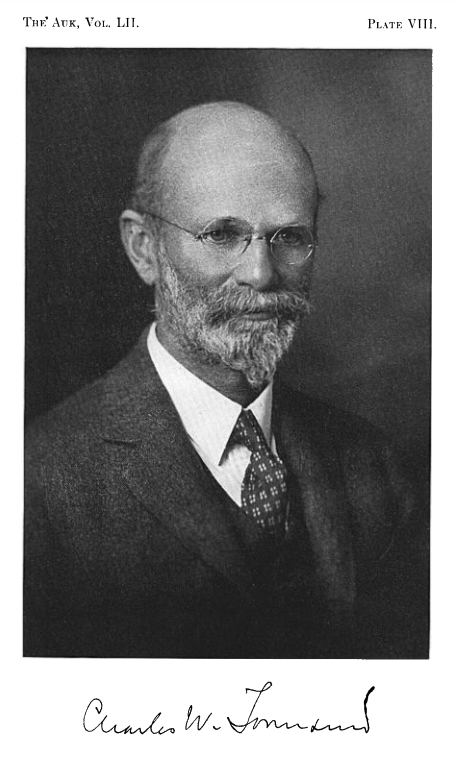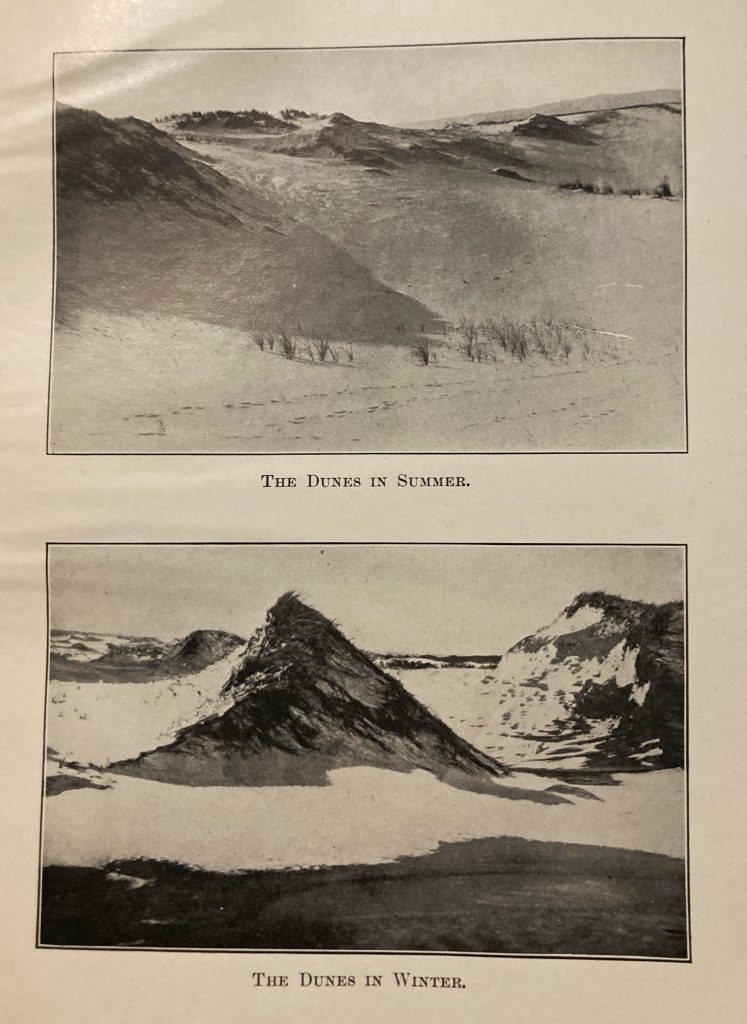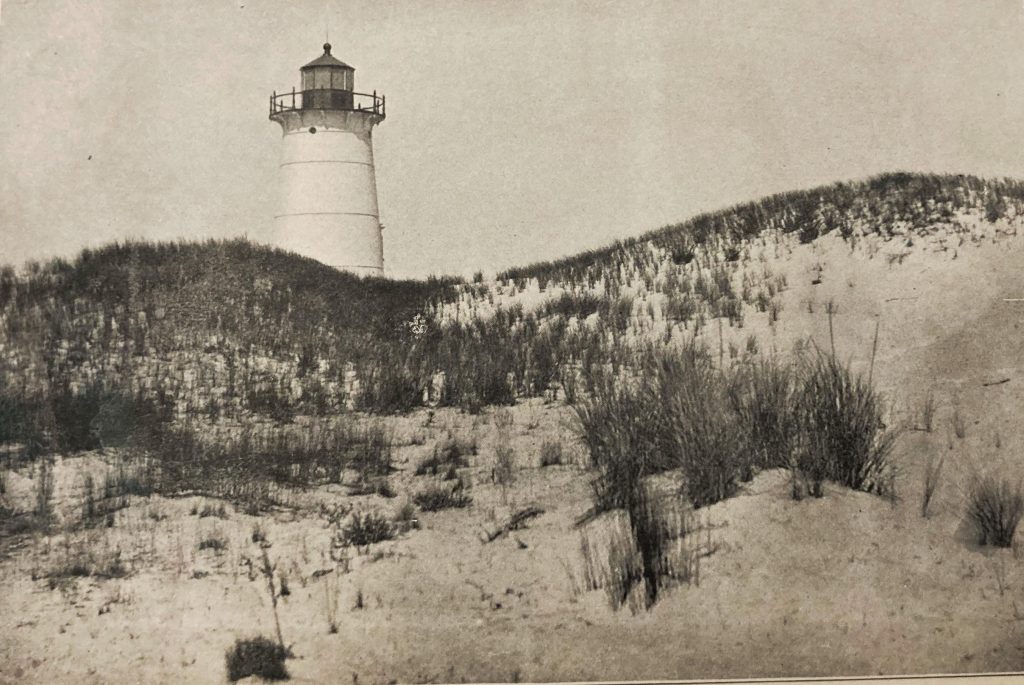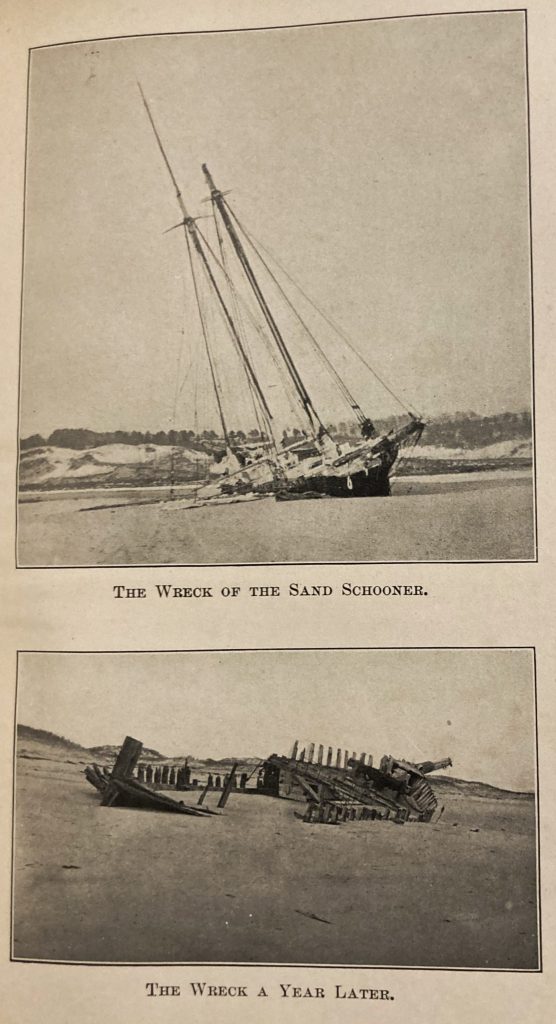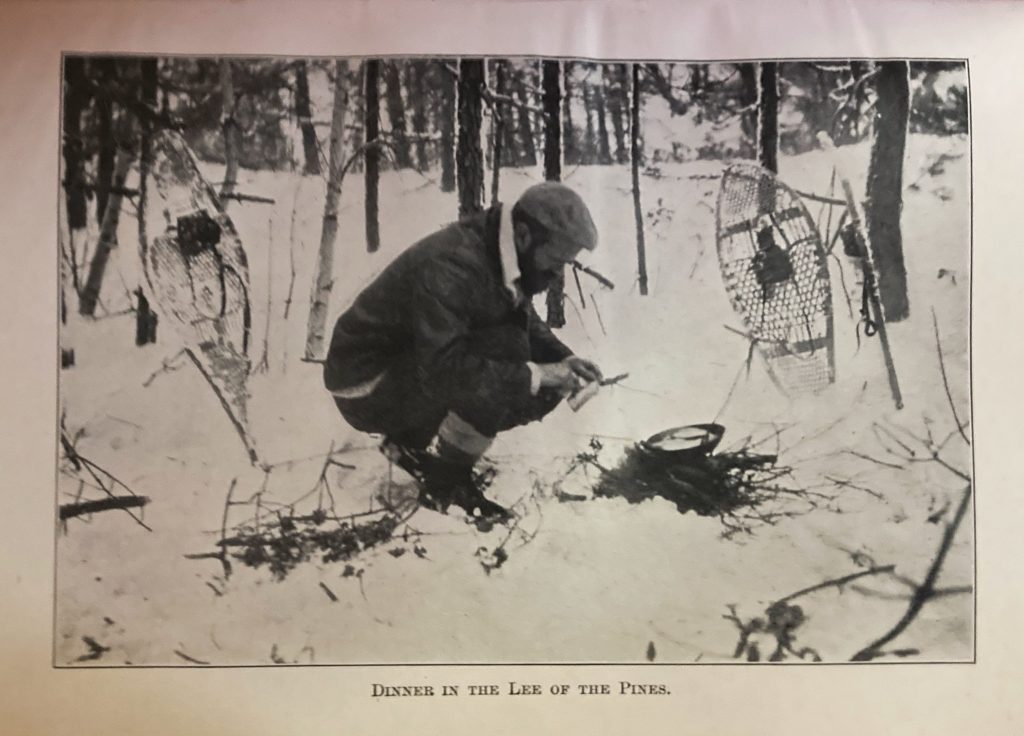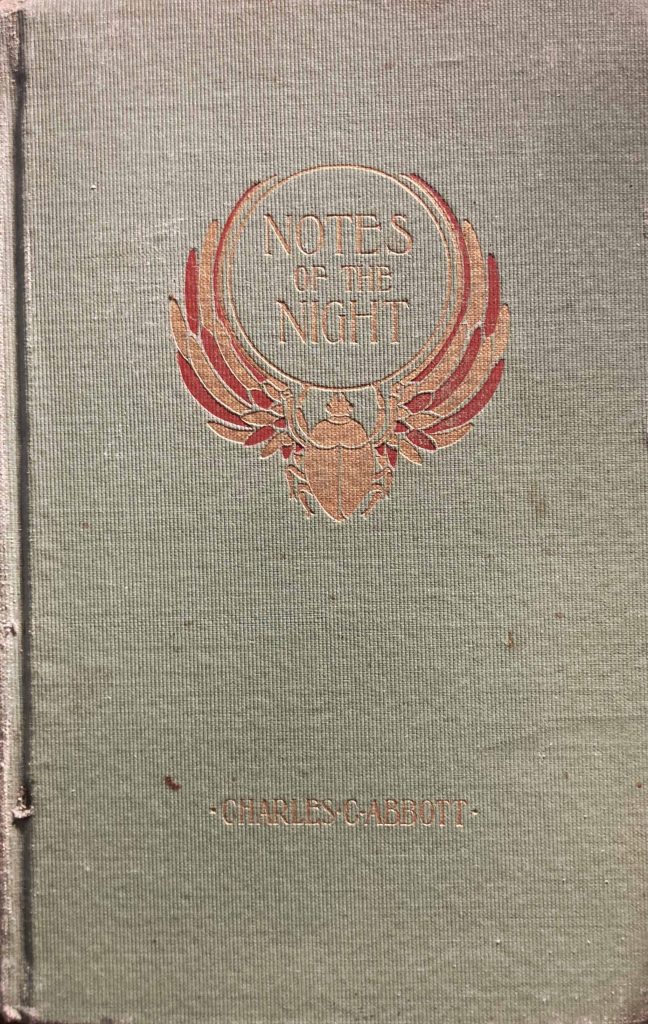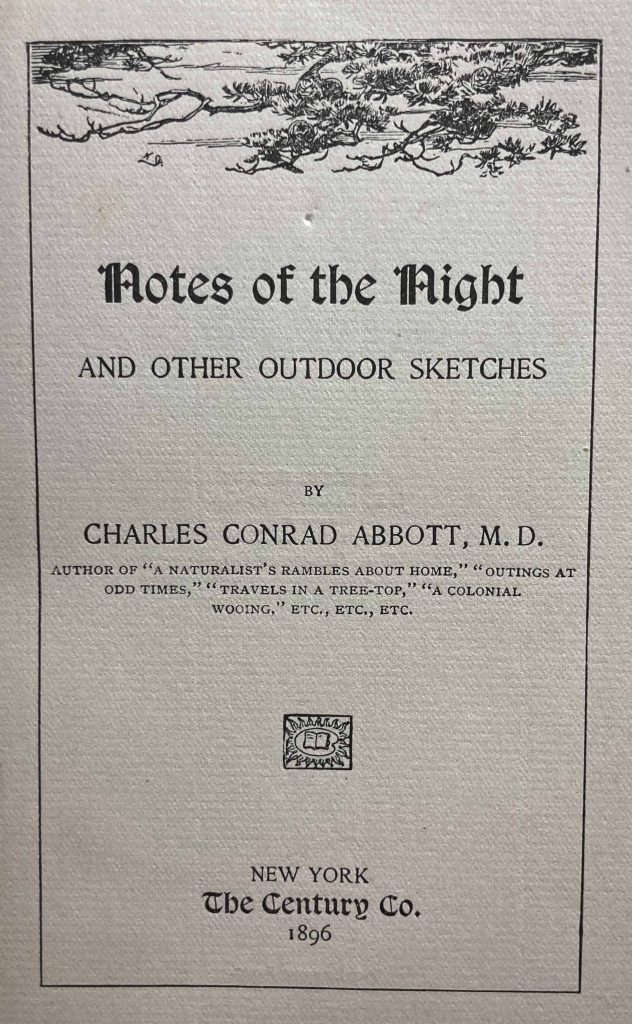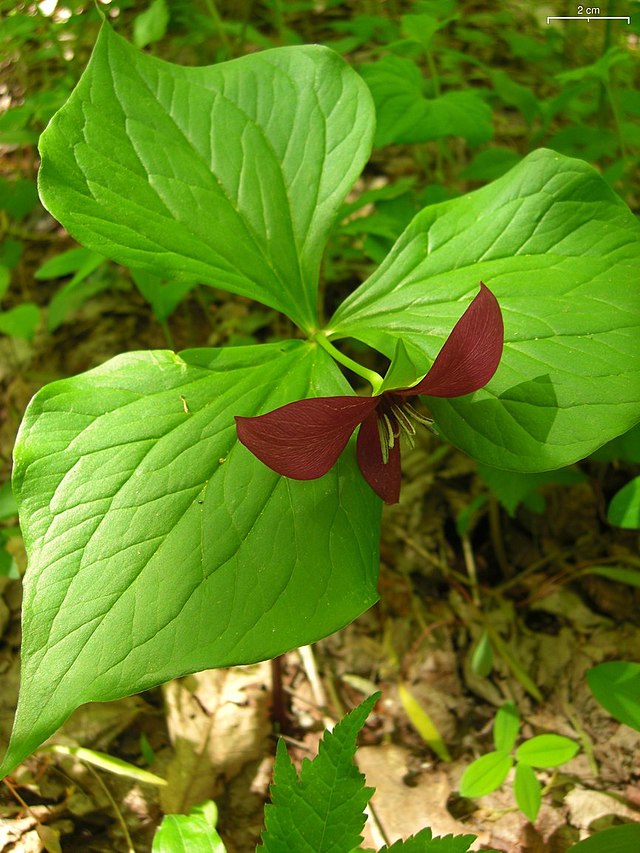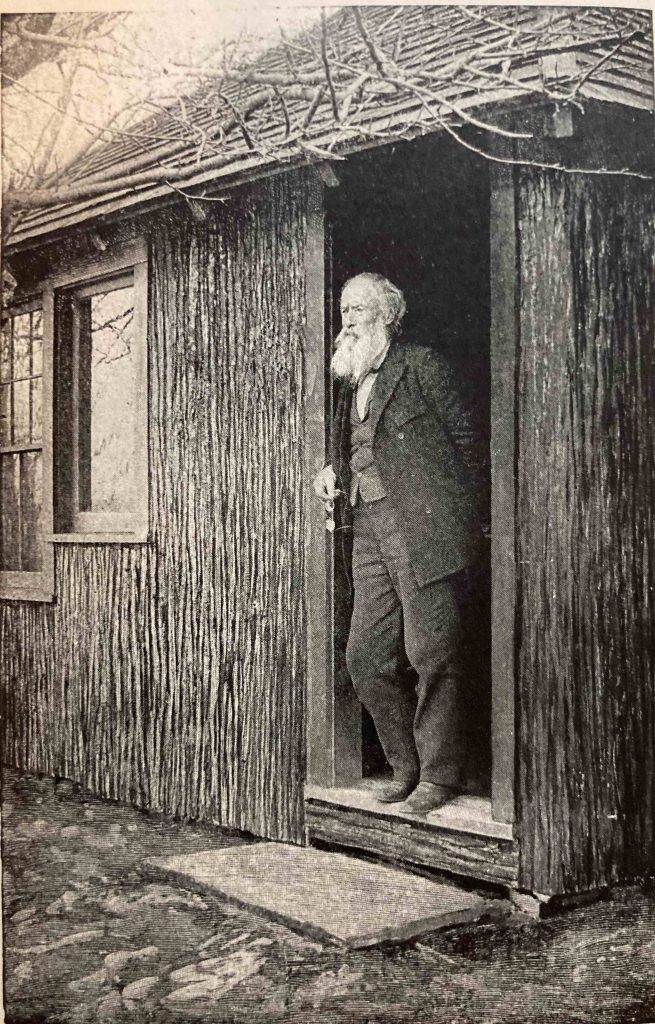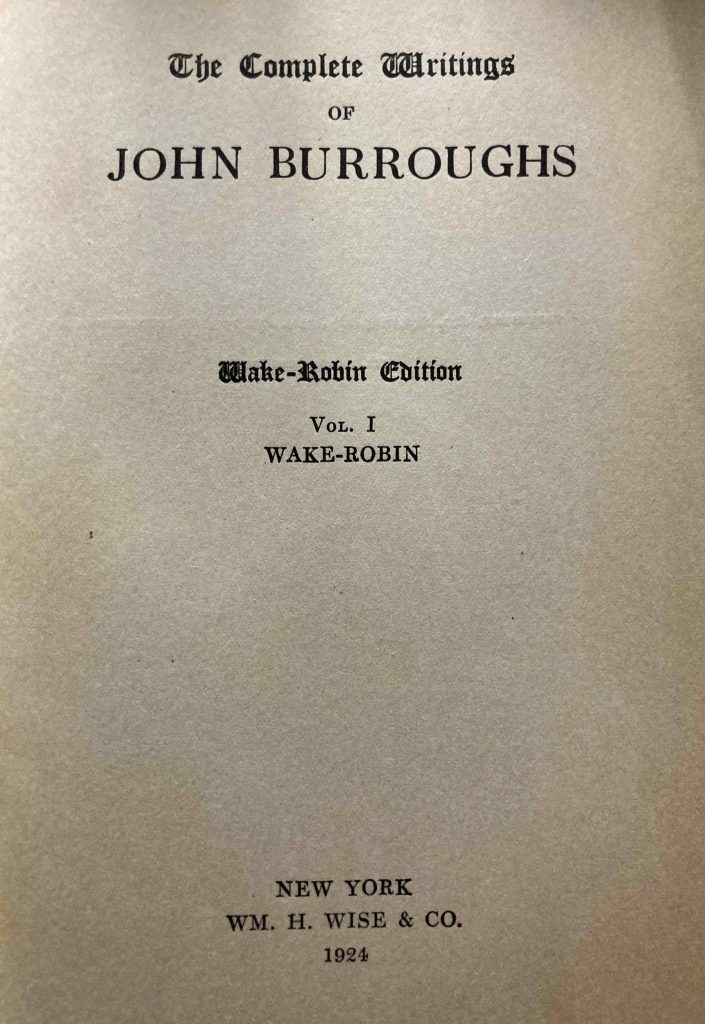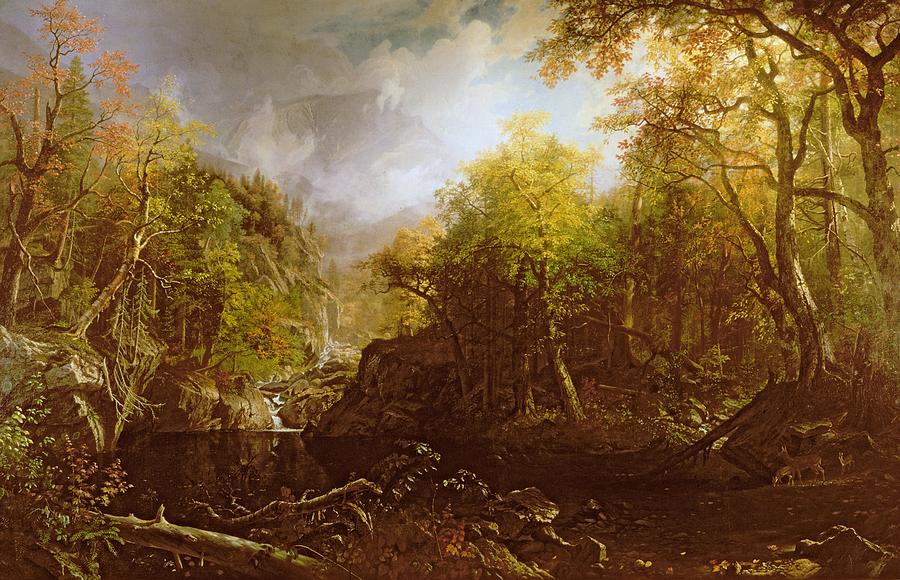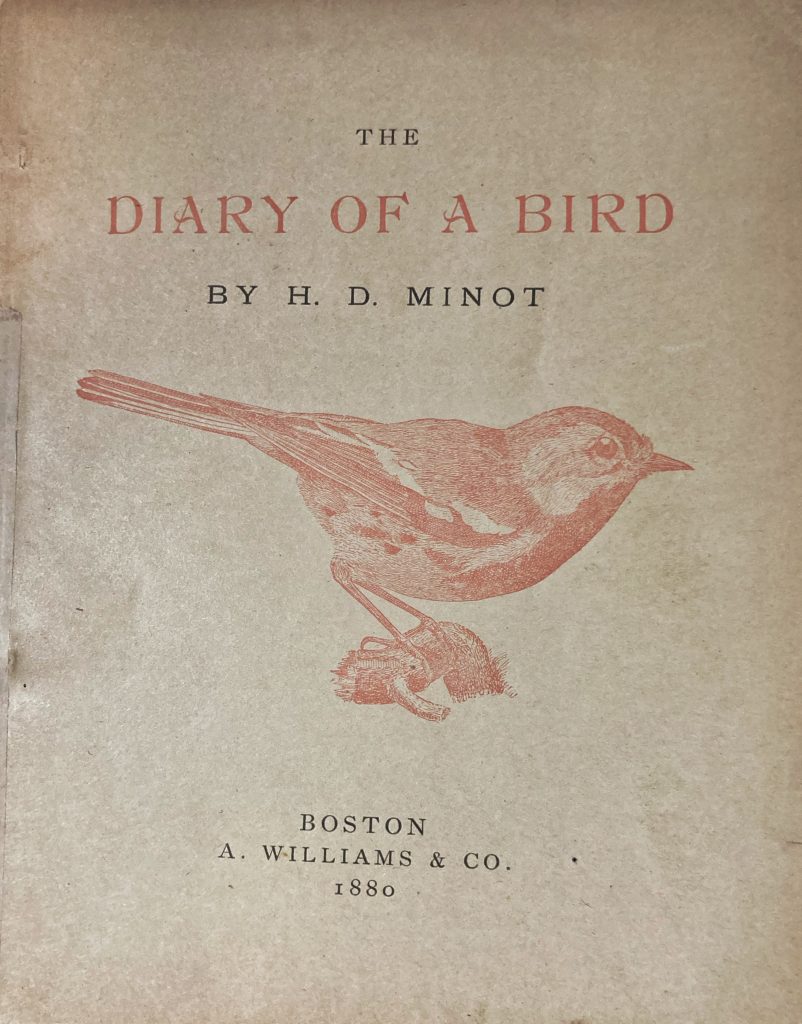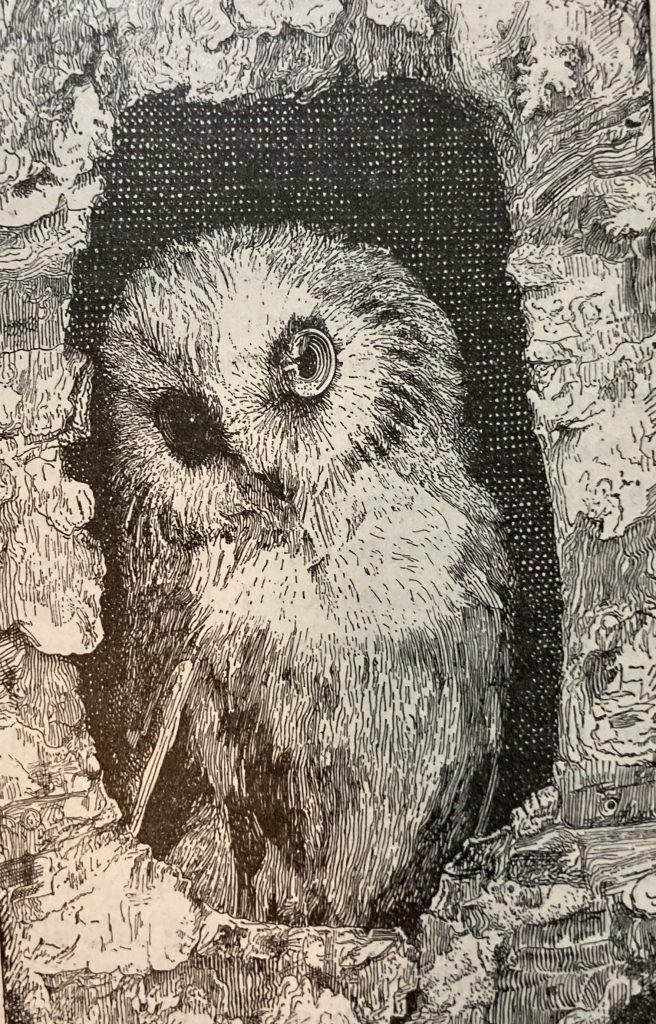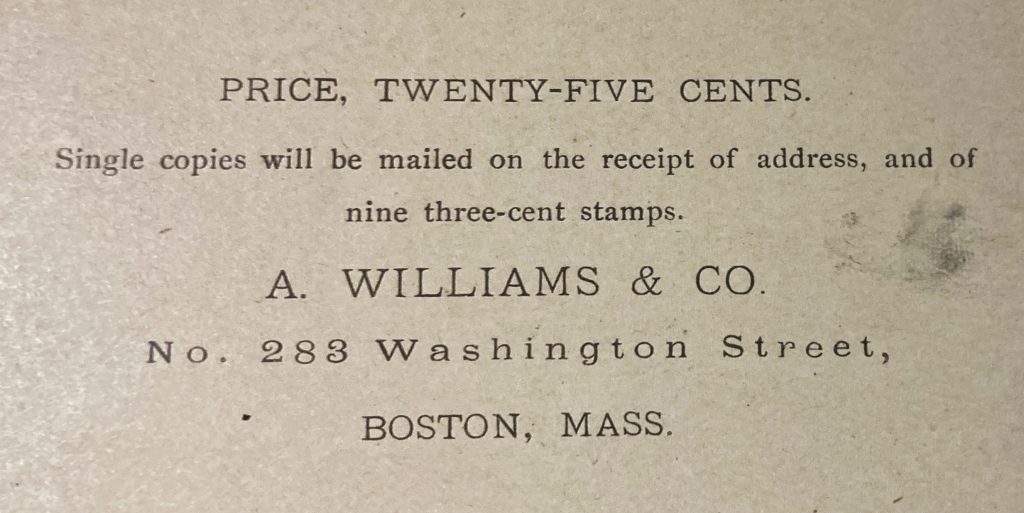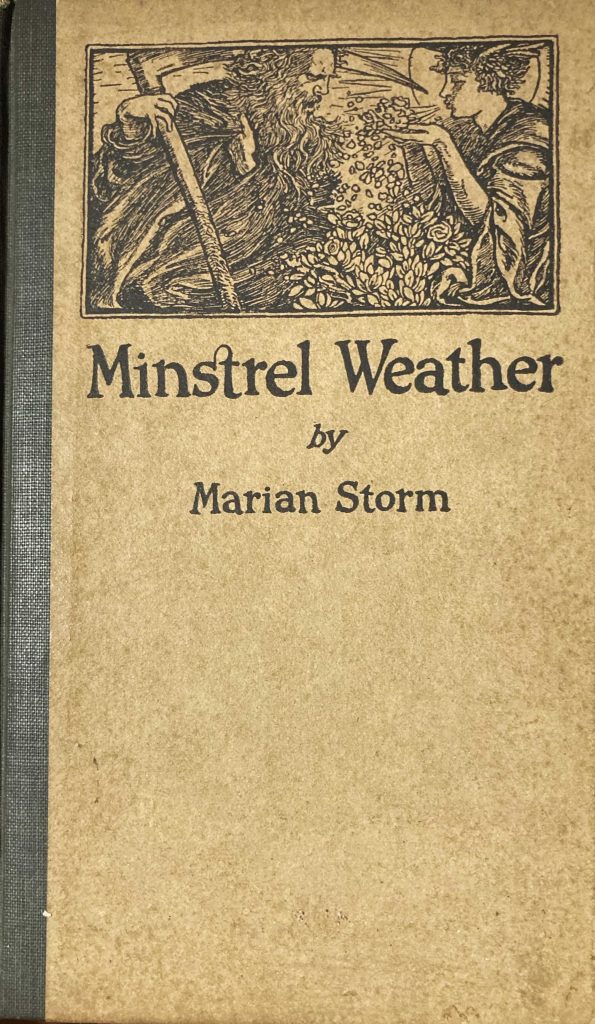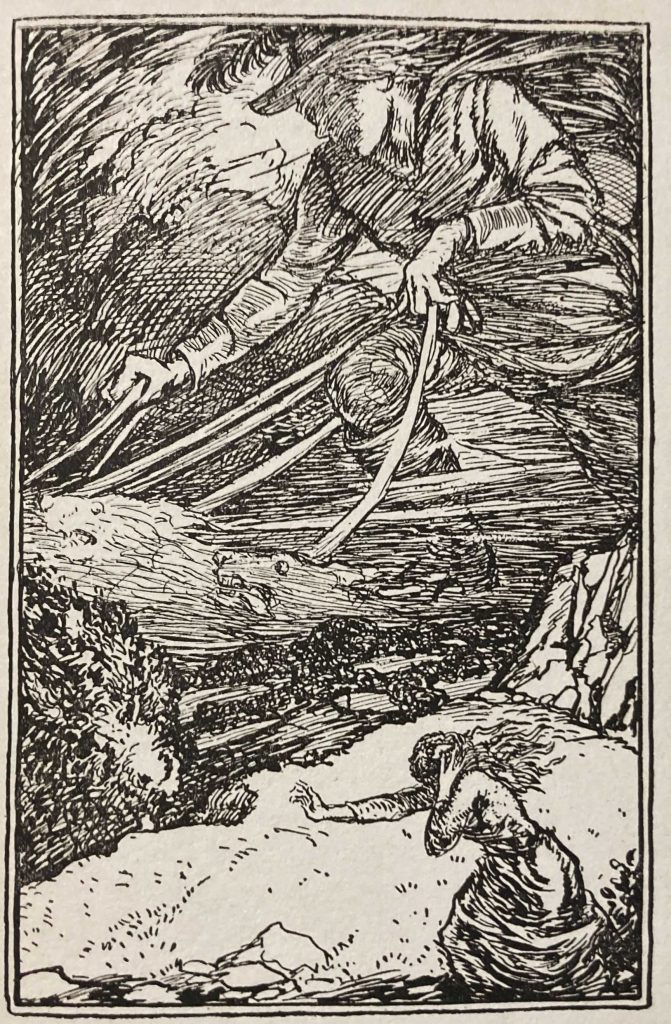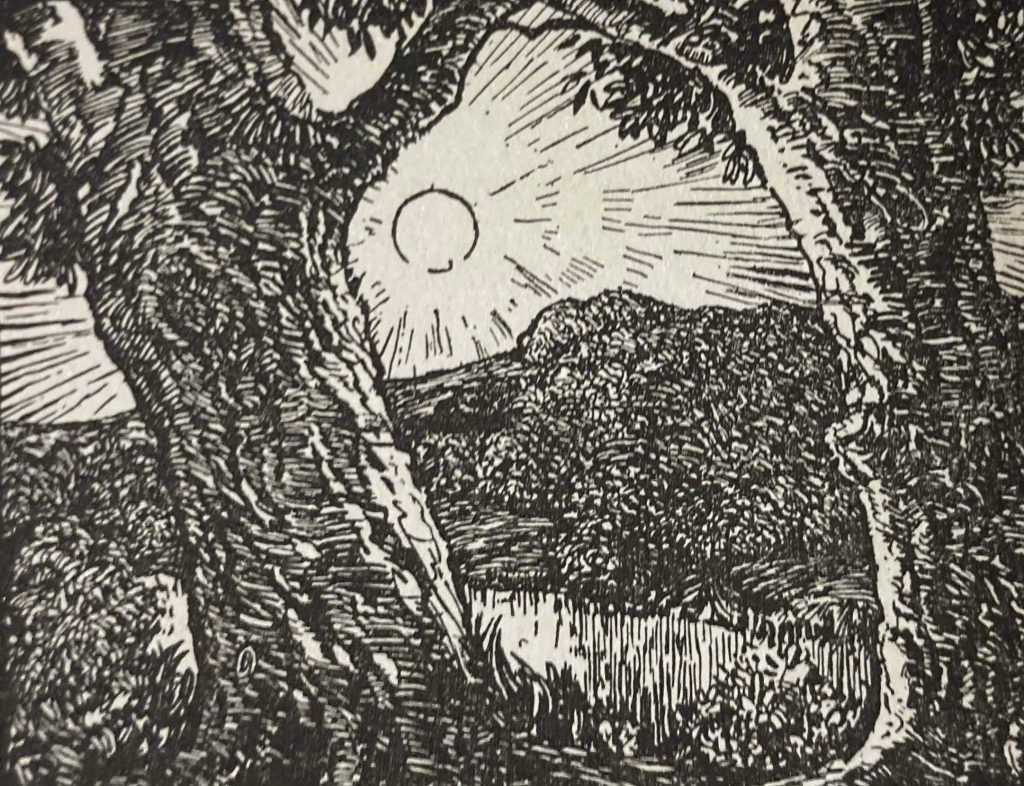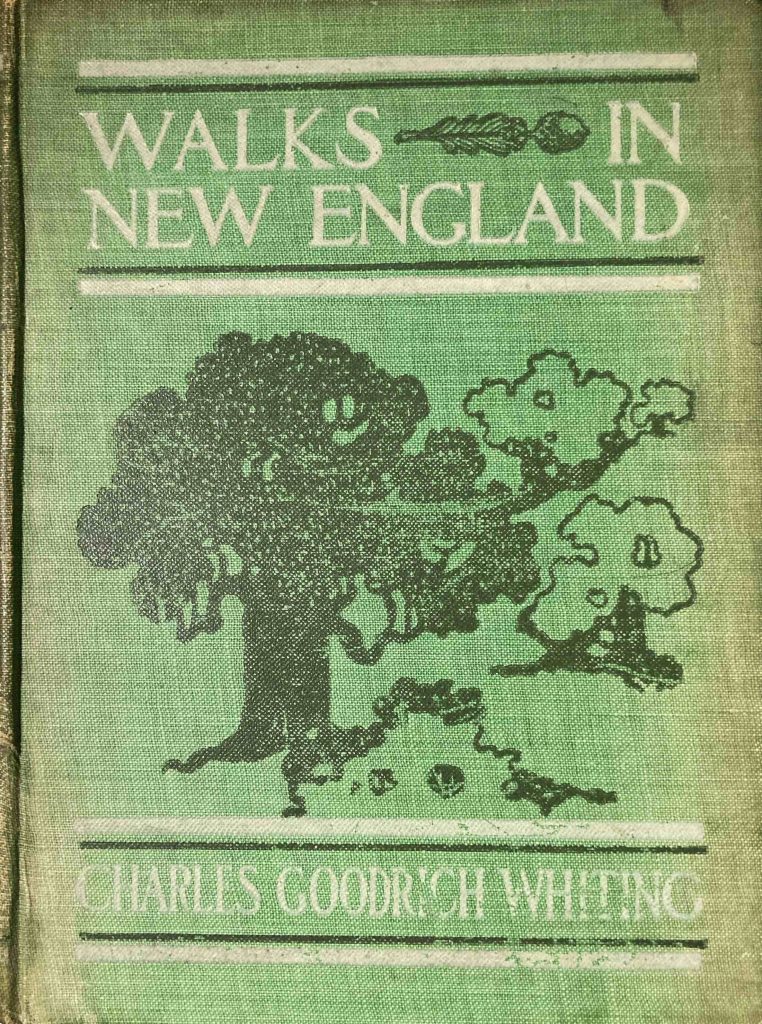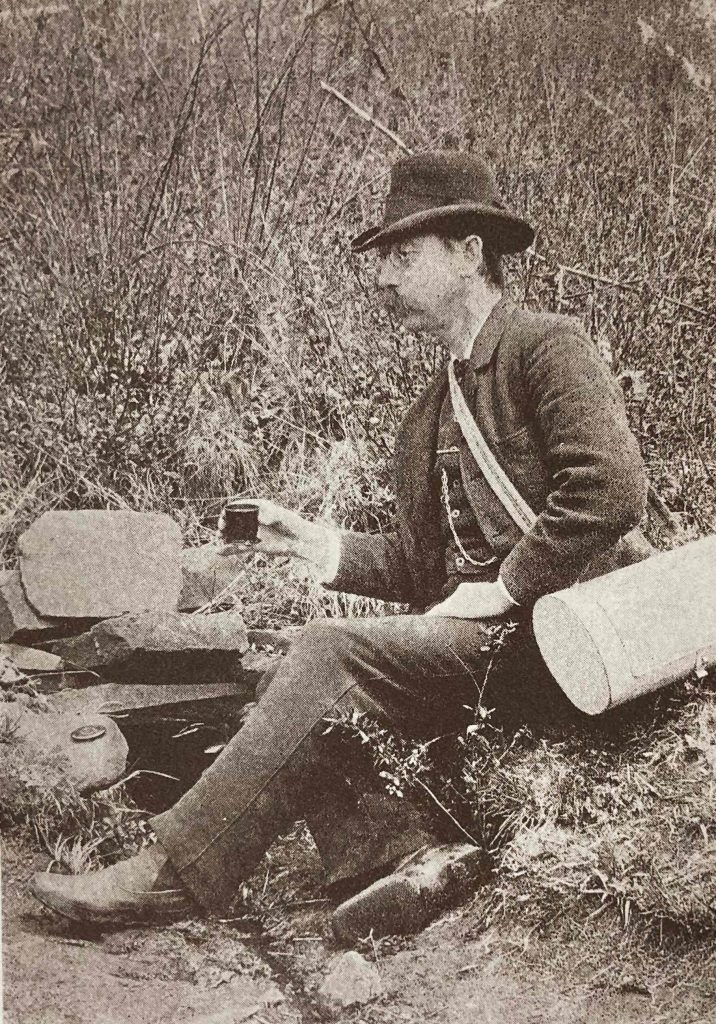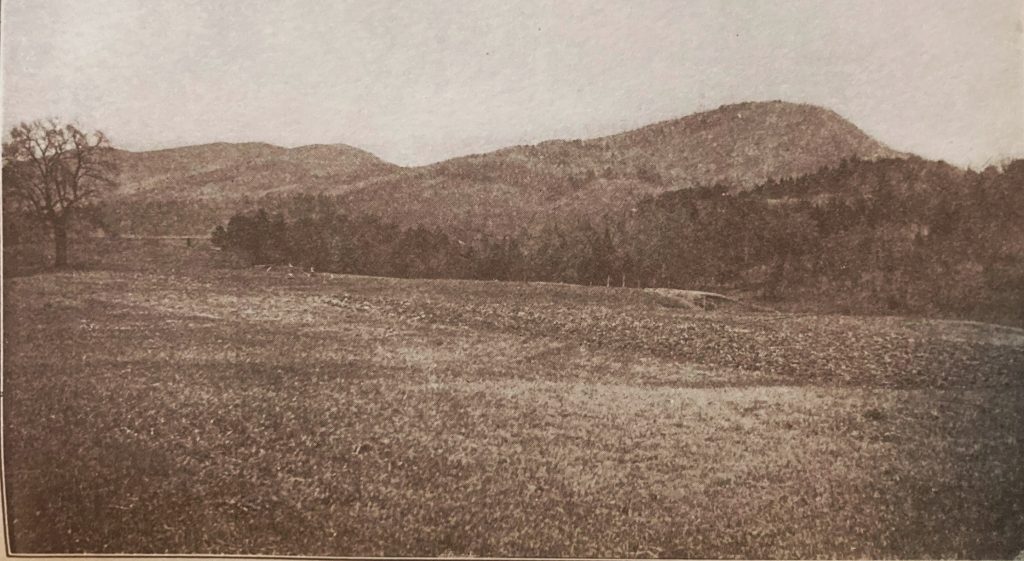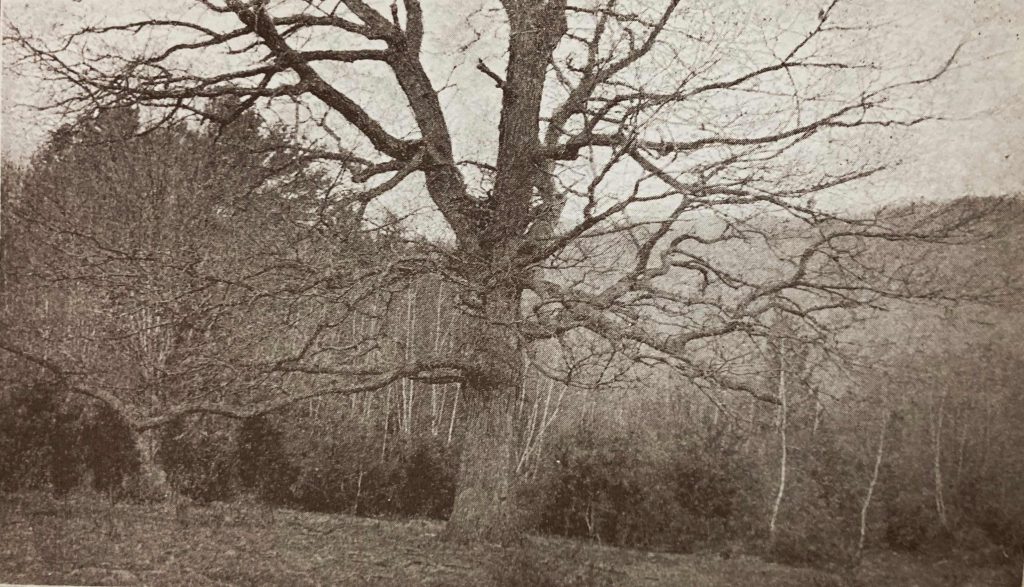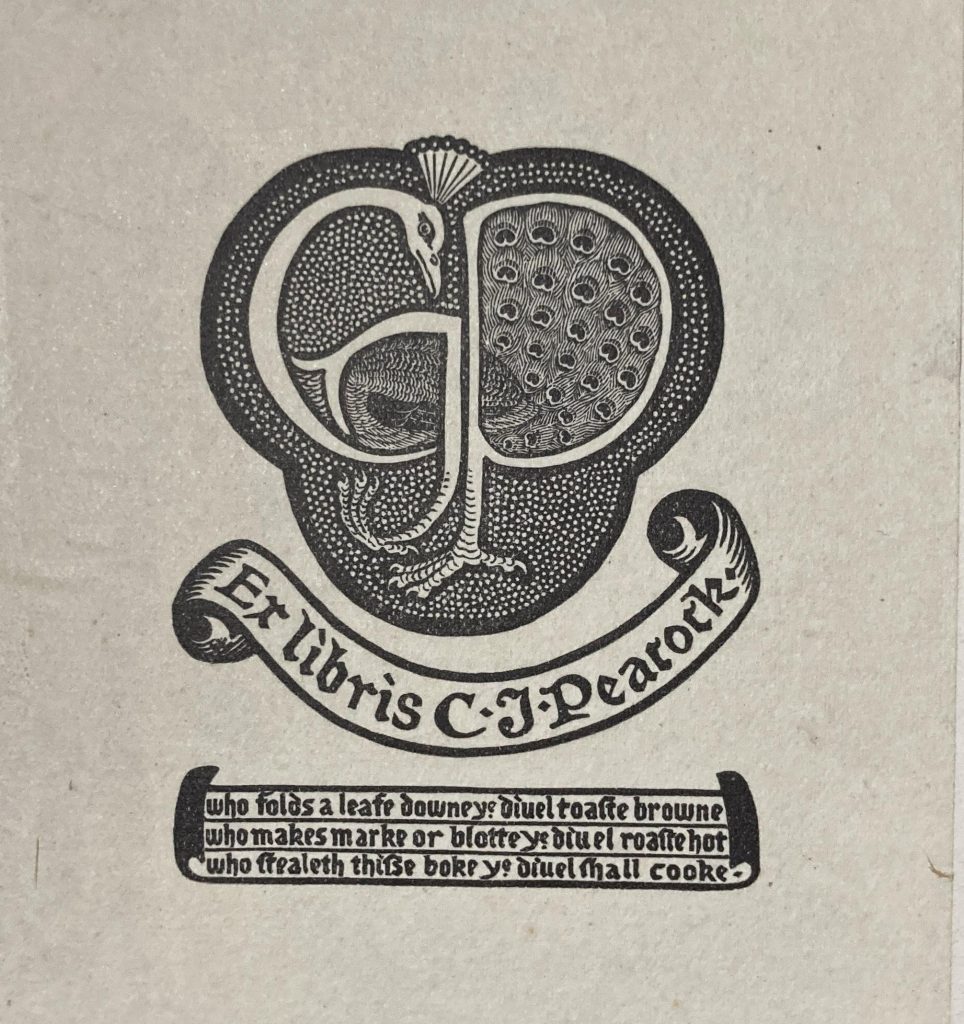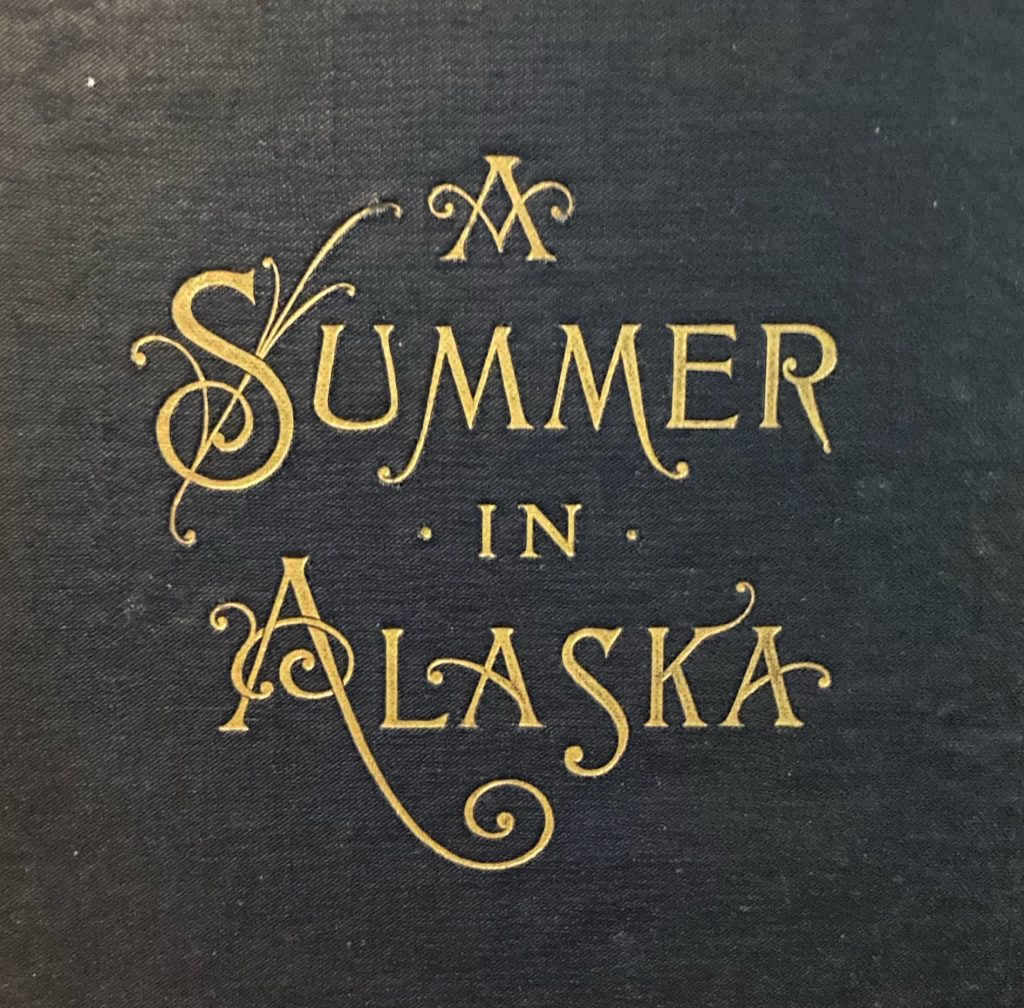
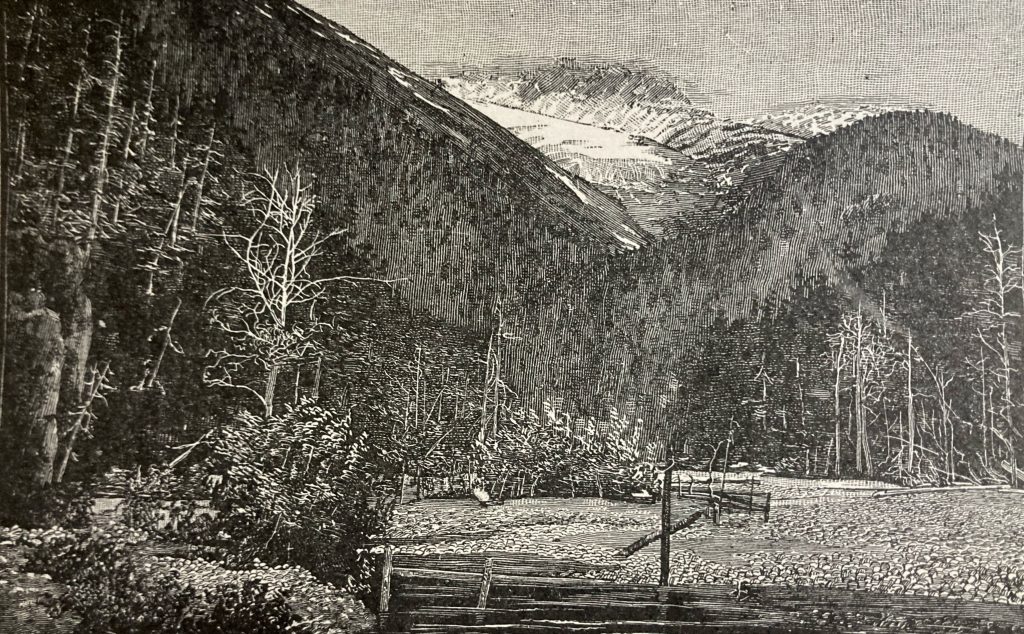
These Eskimos had been hired on the Lower Yukon, and but for their being a little more stolid and homely than those of north Hudson’s Bay, I should have thought myself back among the tribes of that region. They make better and more tractable workmen than any of the Indians along the river, and in many other ways are superior to the latter for the white men’s purposes, being more honest, ingenious and clever in the use of tools, while treachery is an unknown element in their character.
The transition from a “standard-issue nature book” to an explorer’s narrative came as quite a shock to me. Alaska was the rugged West in 1885, a wild country with boundless resources to be identified and exploited. Schwtka eyes everything around him in terms of potential use, from forests to native peoples. The only moment the modern reader glimpses a different future for Alaska in this account is in a passing mention of the Muir Glacier, discovered by John Muir during his own 1879 expedition (to be covered in a future blog post). Although he had evidenced an aptitude for natural history during his time at the US Military Academy, Schwatka was a military officer first and foremost and saw the landscape and objects in it in largely utilitarian terms.
In this particular expedition, Schwatka commanded a truly low-budget, under-the-radar journey from the headwaters of the Yukon River almost 2000 miles to its mouth, mostly by raft. But whereas John Wesley Powell’s thousand-mile journey down the Green and Colorado Rivers through the Grand Canyon is widely celebrated today, who has even heard of Schwatka? For all its length, his expedition was virtually free of rapids; instead, it was the gnats and mosquitoes that posed the greatest danger. There are no grand dramatic moments in this account. In terms of advancing the cause of natural science, Schwatka did gather some herbarium specimens at the beginning of the trip, and he includes a few descriptions of wild animal encounters in this book. But for the most part, wildlife was there to be shot at (fortunately, as his comments frequently show, expedition members tended to aim poorly). Birds might be pleasant to observe, but there was always the possibility that they could be good for eating, too (or not):
Everywhere we came in contact with the grouse of these regions, all of them with broods of varying numbers, and while the little chicks went scurrying through the grass and brush in search of a hiding place, the old ones walked along in front of the intruder, often but a few feet away, seemingly less devoid of fear than the common barn fowls, although probably they had never heard a shot fired.
The Doctor and I sat down to rest on a large rock with a perturbed mother grouse on another not over three yards away, and we could inspect her plumage and study her actions as well as if she had been in a cage. The temptation to kill them was very great after having been so long without fresh meat, a subsistence the appetite loudly demands in the rough out-of-door life of an explorer. A mess of them ruthlessly destroyed by our Indian hunters, who had no fears of the game law, no sportsman’s qualms of conscience, nor in fact compassion of any sort, lowered our desire to zero, for they were tougher than leather, and as tasteless as shavings; and after that first mess we were perfectly willing to allow them all the rights guaranteed by the game laws of lower latitudes.
Fortunately (in my opinion), most of the animals observed on the journey survived. Grizzlies fared quite well, as even the natives of the region tended to avoid hunting them, as Schwatka explains:
Everywhere in his dismal dominions [the grizzly bear] is religiously avoided by the native Nimrod, who declares that his meat is not fit to be eaten, that his robe is almost worthless, and that he constantly keeps the wrong end presented to his pursuers. Although he is never hunted encounters with him are not altogether unknown, as he is savage enough to become the hunter himself at times, and over some routes the Indians will never travel unless armed so as to be fairly protected from this big Bruin.
(As a side note, for all of Schwatka’s condescension toward the natives, I am fairly confident that by Nimrod, he means to label the Indian as a skillful hunter, not as a dimwitted or stupid person. The more insulting use of the word did not appear in text until 1932.)
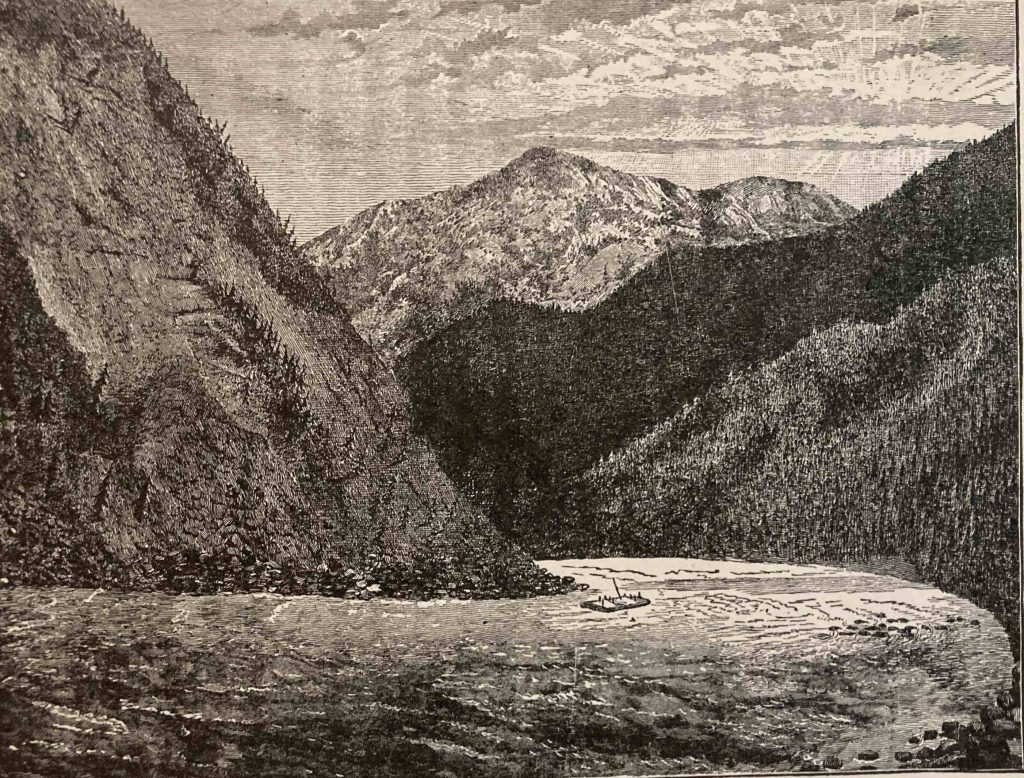
The attribute of this narrative that stands out the most is its length. It is over 400 pages, and most of the time, the expedition members are struggling downstream on the very wide and often quite braided Yukon River, trying to keep the raft off the sand bars and moving downstream. This is occasionally interrupted by visits to native villages along the shoreline, typically described as squalid affairs consisting of a few shacks (often untenanted, since the Indians were semi-nomadic and did not occupy most locations for extended periods of time). Mosquitoes are mentioned on nearly every page, and gnats put in appearances too, along with one particularly vicious horsefly. Expeditions by foot into the adjacent forest and mountains are rare, since they inevitably resulted in encounters with brutal clouds of biting insects. Those readers seeking an armchair vacation in paradise had best look elsewhere; backcountry Alaska definitely does not conform to Mabie’s transcendental visions of Eden. Here is what a coastal forest walk (prior to the Yukon raft journey) was like for Schwatka; for once, the hazards aren’t insects, but topography and climate:
To turn inland from the shore was at once to commence the ascent of a slope that might vary frcm forty to eighty degrees, the climbing of which almost beggars description. The compact mass of evergreen timber had looked dense enough from the ship, but at its feet grew a denser mass of tangled undergrowth of bushes and vines, and at their roots again was a solid carpeting of moss, lichens, and ferns that often ran up the trees and underbrush for heights greater than a man’s reach, and all of it moist as a sponge, the whole being absolutely tropical in luxuriance. This thick carpet of moss extends from the shore line to the edges of the glaciers on the mountain summits, and the constant melting of the ice through the warm summer supplies it with water which it absorbs like a sponge… It is almost impossible to conceive how heavily laden with tropical moisture the atmos- phere is in this supposed sub-Arctic colony of ours. It oozes up around your feet as you walk, and drips from overhead like an April mist, and nothing is exempt from it. Even the Indians’ tall, dead ” totem-poles” of hemlock or spruce, which would make fine kindling wood any where else, bear huge clumps of dripping moss and foliage on their tops, at heights varying from ten to thirty feet above the ground. An occasional stray seed of a Sitka spruce may get caught in this elevated tangle, and make its home there just as well as if it were on the ground. It sprouts, and as its branches run up in the air, the roots crawl down the “totem-pole ” until the ground is reached, when they bury themselves in it, and send up fresh sustenance to the trunk and limbs, which until then have been living a parasitic sort of life off the decayed moss… Imagine a city boy tossing a walnut from a fourth story window, and its lodging on top of a telegraph pole, there sprouting next spring, and in the course of a couple of years extending its roots down the pole, insinuating themselves in the crevices and splitting it open, then piercing the pavement; the tree continuing to grow for years until the boy, as a man, can reach out from his window and pick walnuts every fall, and the idea seems incredible ; and yet the equivalent occurs quite often in the south-eastern portions of our distant colony. Nor is all this marshy softness confined to the levels or to almost level slopes, as one would imagine from one’s experience at home, but it extends up the steepest places, where the climbing would be hard enough without this added obstacle. In precipitous slopes where the foot tears out a great swath of moist moss, it may reveal underneath a slippery shingle or shale where nothing but a bird could find a footing in its present condition. There is wonderful preservative power in all these conditions, for nothing seems to rot in the ground, and the accumulated timber of ages, standing and fallen, stumps, limbs, and trunks, “criss-cross and tumble-tangled,” as the children say, forms a bewildering mass which, covered and intertwined as it is with a compact entanglement of underbrush and moss, makes the ascent of the steep hillsides a formidable undertaking. A fallen trunk of a tree is only indicated by a ridge of moss, and should the traveler on this narrow path deviate a little too far to the right or left, he may sink up to his arm-pits in a soft mossy trap from which he can scramble as best he may, according to his activity in the craft of “backwoodsmanship.” Having once reached the tops of the lower hills — the higher ones are covered with snow and glacier ice the year round — a few small openings may be seen, which, if anything, are more boggy and treacherous to the feet than the hillsides themselves, lagoon-like morasses, covered with pond lilies and aquatic plant life, being connected by a network of sluggish canals with three or four inches of amber colored water and as many feet of soft black oozy mud, with here and there a clump of willow brake or “pussy-tails” springing above the waste of sedge and flags.
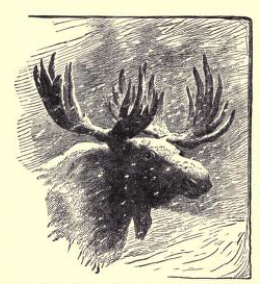
While Schwatka doesn’t exult in nature like Muir or even celebrate the rich biodiversity of the temperate rainforest ecosystem, he does a robust job of describing the scene, and for those moments, I am grateful to have read this book. And here, in whimsically describing a moose, he even goes so far as to wish the species well, though he naturally refers to it as “noble game”:
While descending the stream on the 24th, late in the forenoon, we saw a large buck moose swim from one of the many islands to the mainland just back of us, having probably, as the hunter would say, “gotten our scent.” I never comprehended what immense noses these animals have until I got a good profile view of this big fellow, and although over half a mile away, his nose looked as if he had been rooting the island and was trying to carry away the greater part of it on the end of his snout. The great palmated horns above, the broad “throat-latch” before, combined with the huge nose and powerful shoulders, make one think that this animal might tilt forward on his head from sheer gravity, so little is there apparently at the other end to counterbalance these masses… A few winters ago the cold was so intense, and the snow covered the ground for so great a depth throughout the season, that sad havoc was played with the unfortunate animals, and a moose is now a rare sight below the upper ramparts of the river, as I was informed by the traders of that district. It is certainly to be hoped that the destruction has only been partial, so that this noble game may again flourish in its home, where it will be secure from the inroads of firearms for many decades to come.
As evident in this description of a moose, there is a charmingly comedic edge to this book. Schwatka has a delightfully wry sense of humor, though it is often directed toward the natives he encounters. Here, he conveys a sense of what the interiors of the Indian dwellings were like: “The vast majority of the houses are squalid beyond measure, and the dense resinous smoke of the spruce and pine blackens the walls with a funereal tinge, and fills the house with an odor which, when mingled with that of decayed salmon, makes one feel like leaving his card at the door and passing on.” And here are his thoughts about dried salmon as a food source:
This [Indian] house was deserted, but evidently only for a while, as a great deal of its owner’s material of the chase and the fishery was still to be seen hanging inside on the rafters. Among these were a great number of dried salmon, one of the staple articles of food that now begin to appear on this part of the great river, nearly two thousand miles from its mouth. This salmon, when dried before putrefaction sets in, is tolerable, ranking somewhere between Limburger cheese and walrus hide. Collecting some of it occasionally from Indian fishermen as we floated by, we would use it as a lunch in homeopathic quantities until some of us got so far as to imagine that we really liked it.
Ultimately, though, this book casts a long shadow as a work of Western imperialism. Throughout their odyssey, Schwatka and his men pass rivers, cross lakes, and view distant mountains that all most likely have native names. But rather than seeking them out to add to the map, Schwatka draws from an endless well of European scientists and statesmen to furnish new ones. And it is difficult to overlook his disdain for the native peoples of Alaska. Consider this passage about those in the southeastern part of the territory:
The progress of the natives of Southeastern Alaska toward civilization is steady and certain, though it must not be supposed that these people yet take high rank in learning, intelligence or morality. The educating and elevating influences of the schools and missions, though doing much, perhaps more than we should expect under the circumstances, must be continued a long time in order to effect anything like satisfactory conditions.
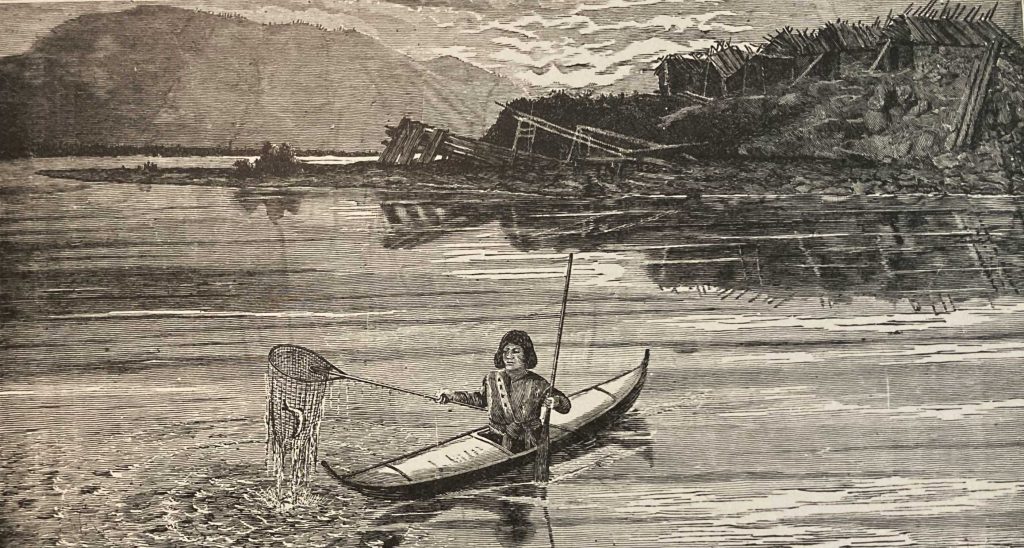
Reading this book has been particularly helpful to me as I continue to explore American nature writing. I feel comfortable saying that, while nature is present in it, this is not in that category. Perhaps the line might be drawn at books of exploration written by naturalists, such as William Beebe, books that focus on nature first and foremost. All I know is that if I expand this blog to encompass more works like this one, I will have thousands of titles yet to read, instead of merely hundreds.
This will be my first in a pair of posts about Alaska; the next blog post will feature a title recommended to me by the renowned environmental historian, Ralph Lutts (who has so kindly been guiding more toward further titles and resources, much to my wife’s dismay and my bank account’s suffering). I anticipate there will be more in the future — at some point, I will be reading Muir’s travels in Alaska, as well.
As a postscript, while my copy of this book is from 1894, it was first published in 1892, the year of Schwatka’s untimely death at the age of 43. One newspaper reported that he died of an accidental overdose of morphine, while another paper claimed it was suicide by laudanum. The true cause of his death has never been resolved.
